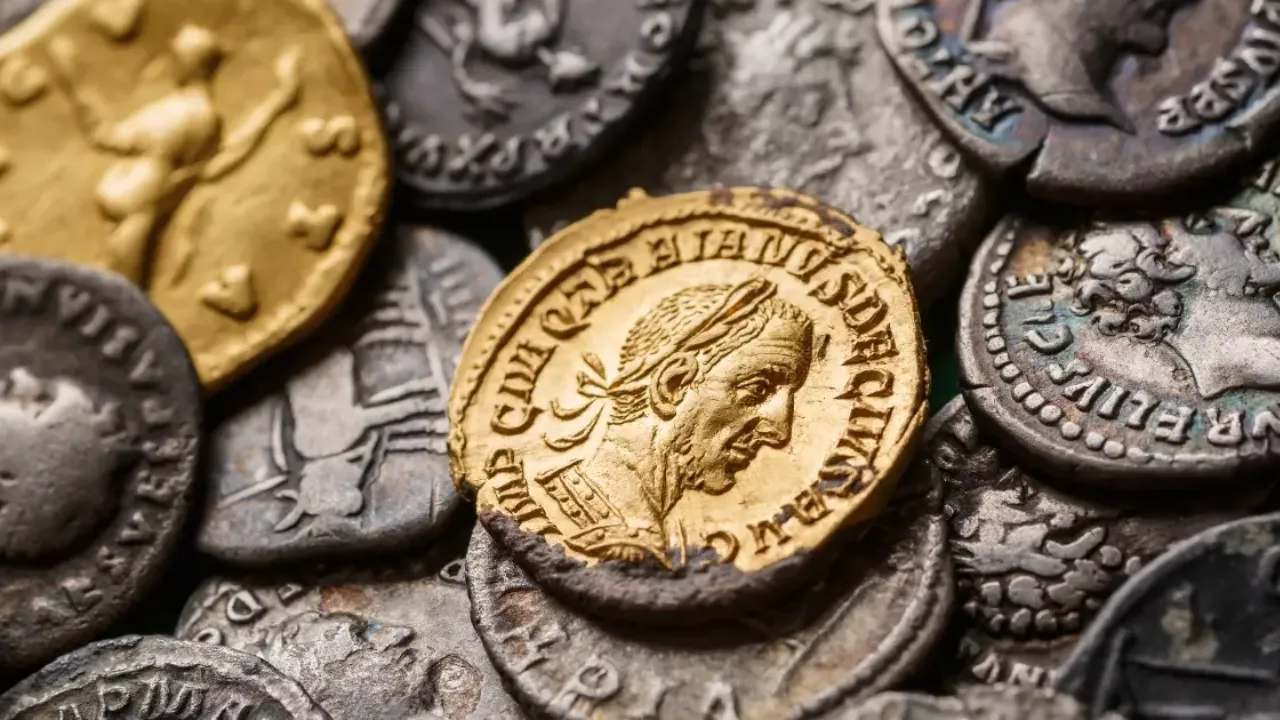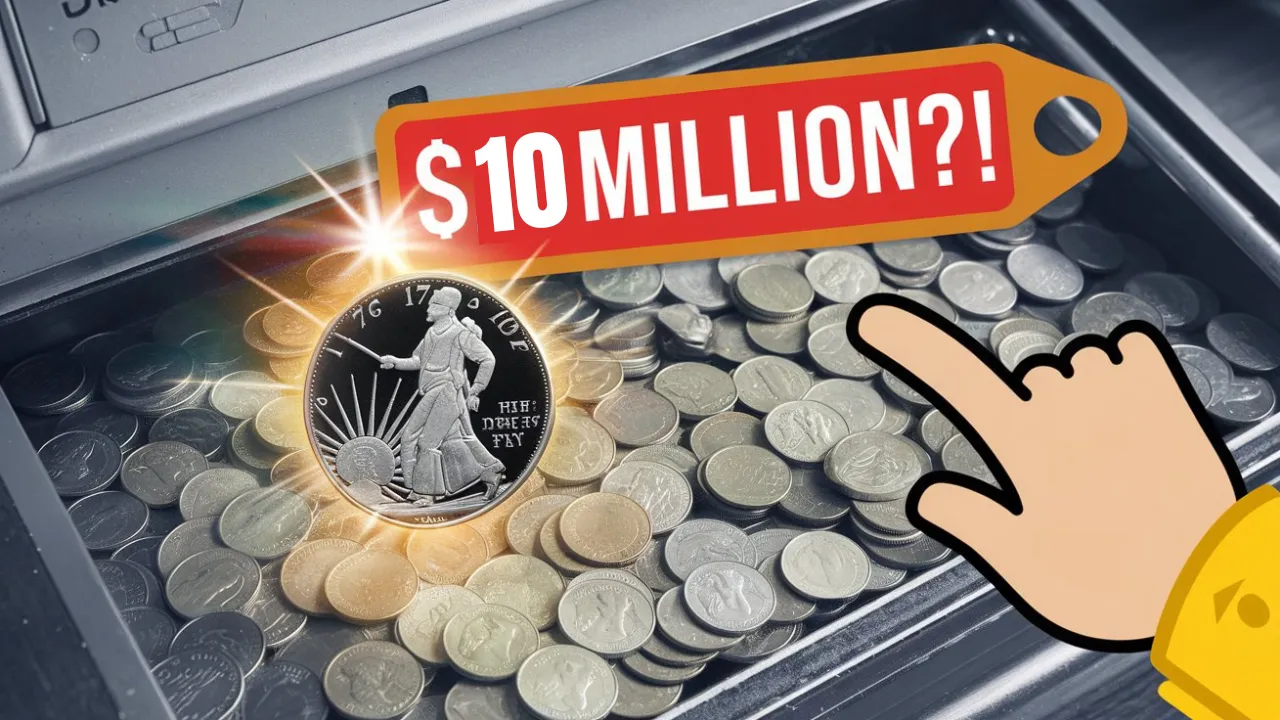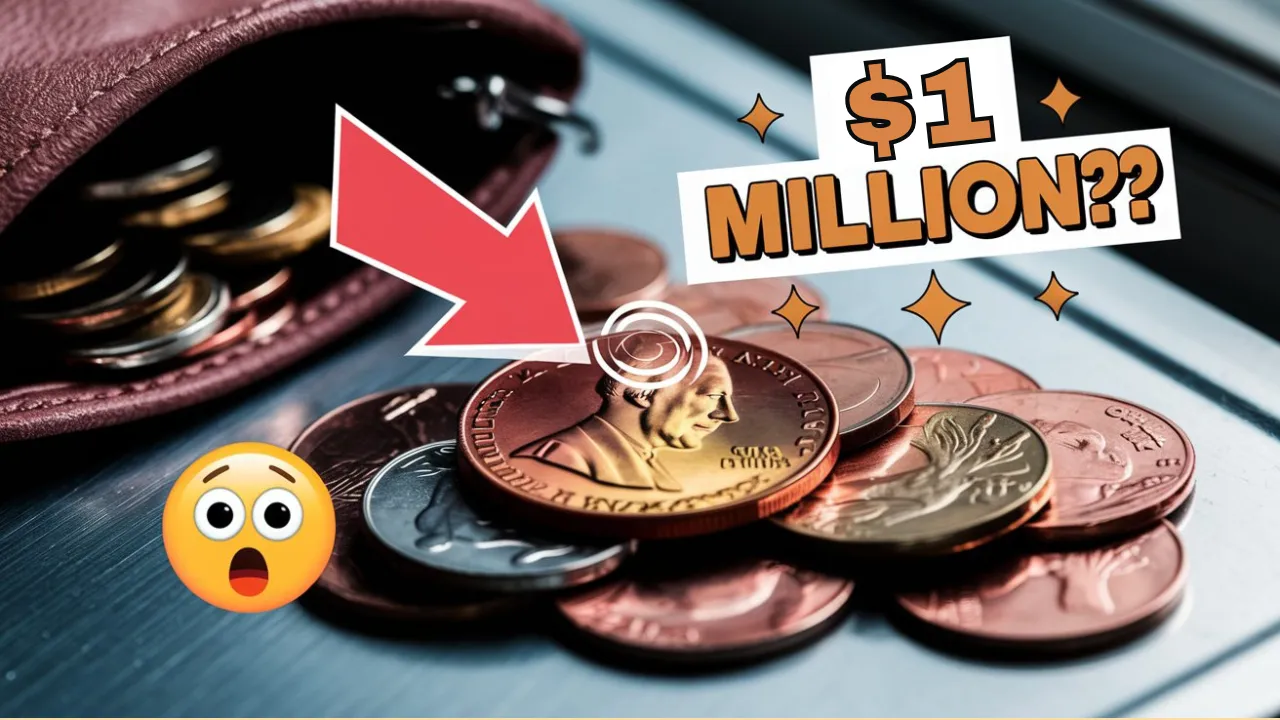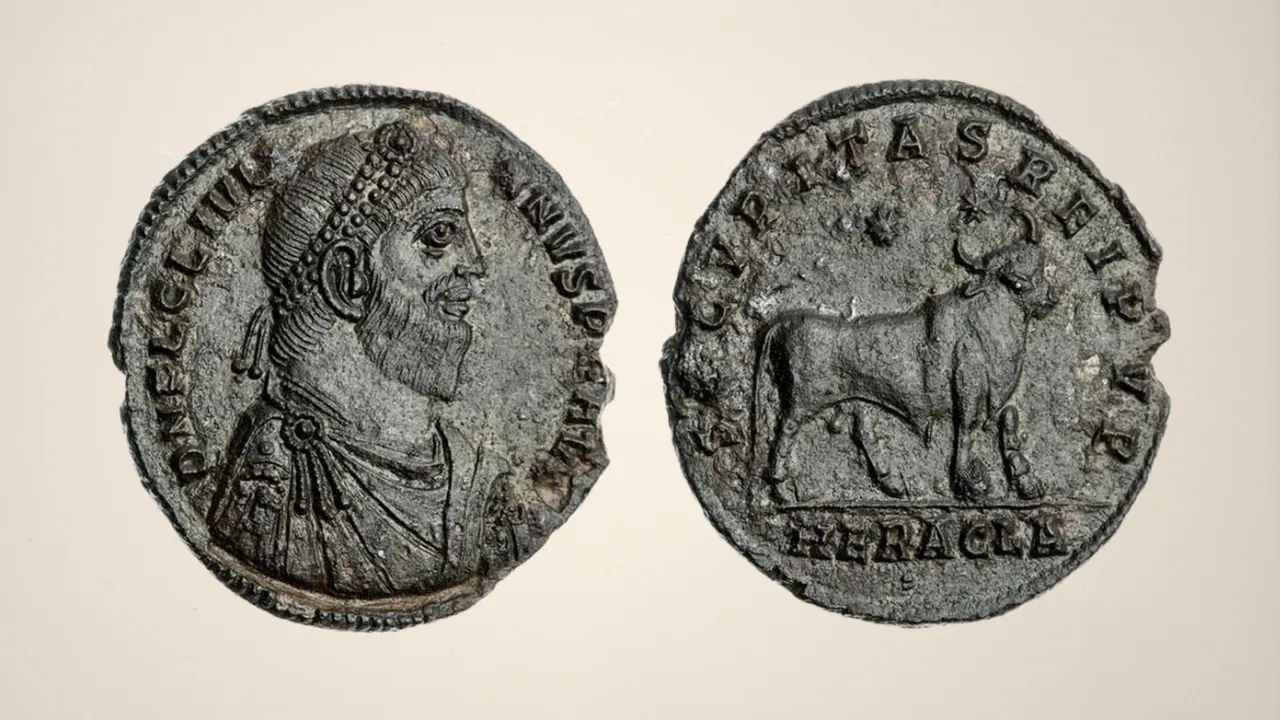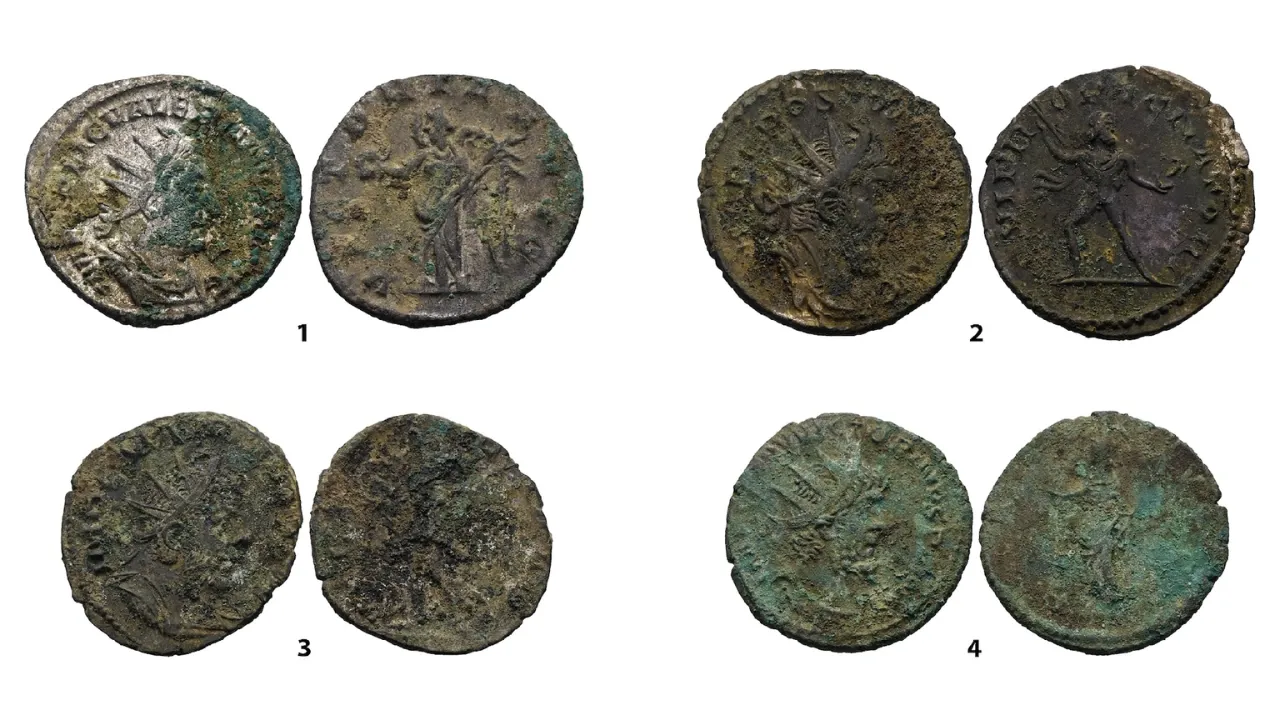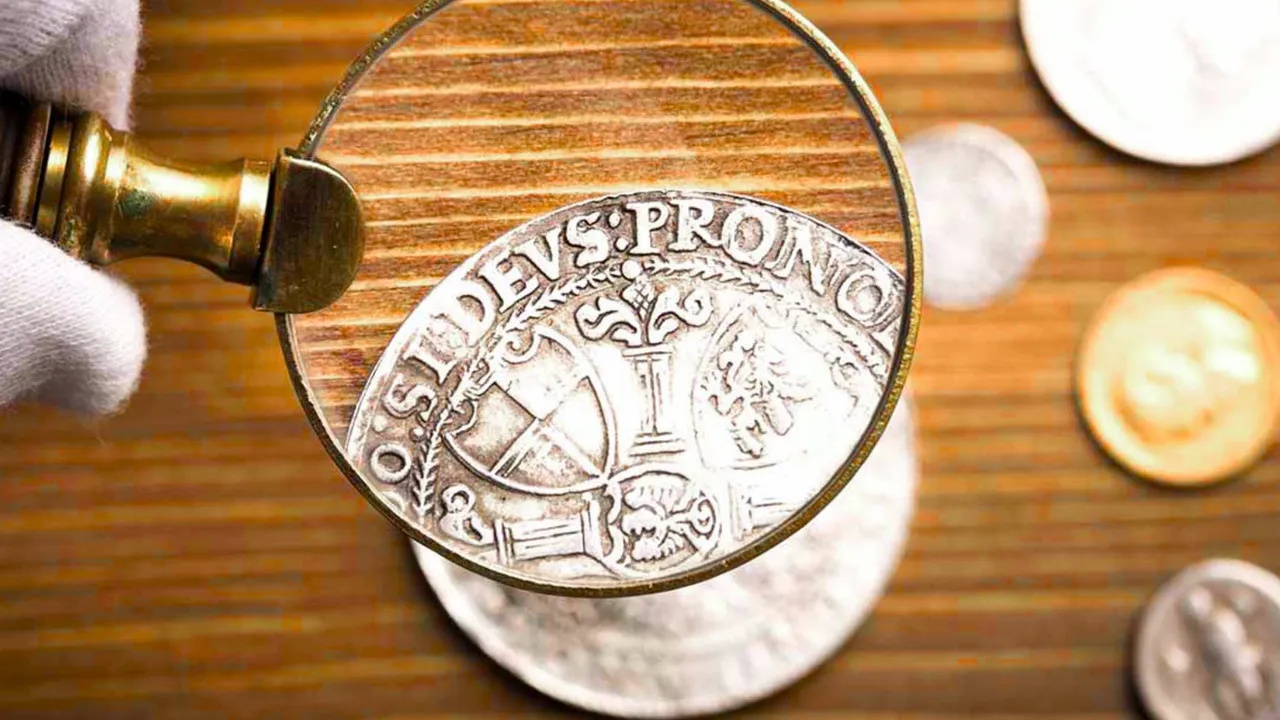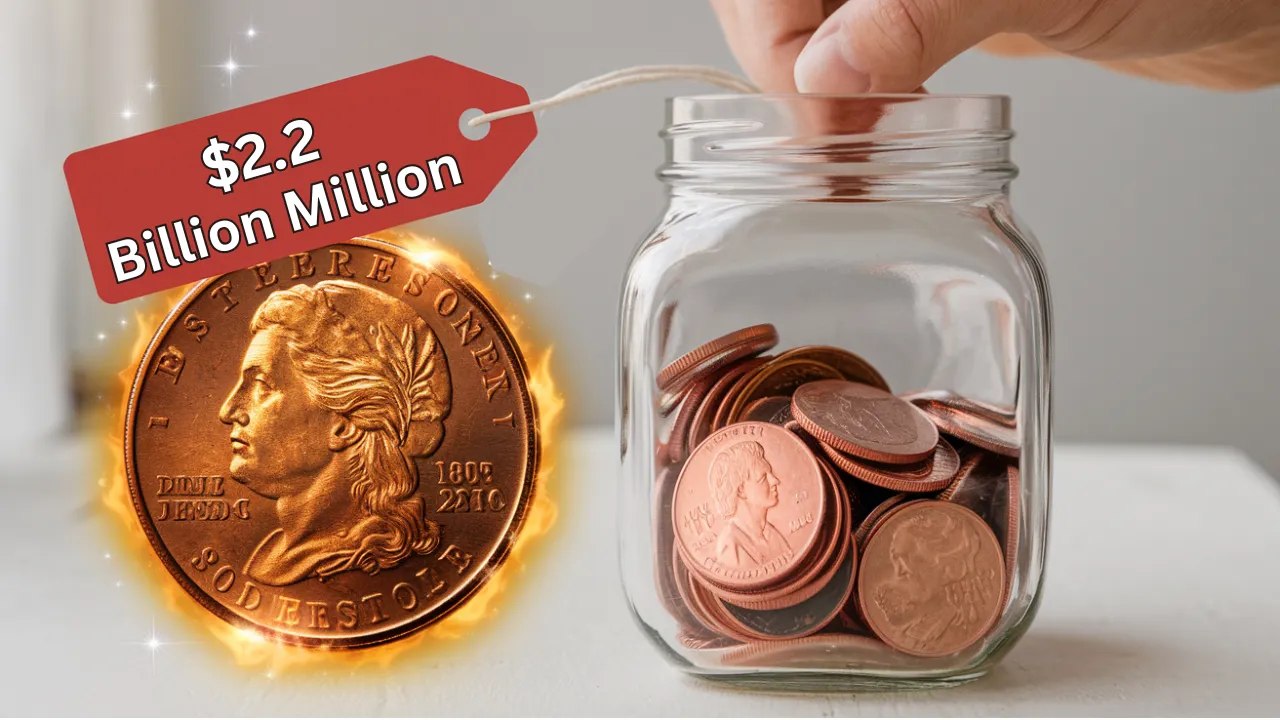Roman Coins: Roman Coins are not just ancient currency; they are miniature time capsules carrying the stories of emperors, gods, and historic events. Minted as early as 300 B.C.E., these coins served as tools of trade, political propaganda, and symbols of power across one of history’s greatest empires. Made from materials like copper, bronze, silver, gold, and orichalcum, each coin reflects the craftsmanship and authority of its time.
In this article, we’ll explore the fascinating world of Roman Coins, including their history, minting process, and the key features that make them valuable to collectors today. Whether you’re a seasoned numismatist or a beginner, this guide will equip you with insights into identifying, evaluating, and appreciating these ancient artifacts.
Quick Overview of Roman Coins
| Key Aspect | Details |
| First Minting | Around 300 B.C.E. |
| Primary Materials | Copper, Bronze, Silver, Gold, Orichalcum |
| Key Figures Depicted | Emperors, Deities, Symbols |
| Mint Locations | Rome and Provincial Branch Mints |
| Value Factors | Material, Rarity, Condition, Historical Significance |
| Common Errors | Double Strikes, Overstrikes, Defective Dies |
The Historical Significance of Roman Coins
The history of Roman Coins began around 300 B.C.E. as Rome transitioned from a barter-based trade system to a standardized monetary economy. Initially, coins were minted exclusively in Rome, but as the empire expanded, branch mints were established across its territories.
The earliest coins often featured gods and goddesses, symbolizing divine protection and favor. However, it wasn’t until Julius Caesar, around 49 B.C.E., that political figures began appearing on coins. Caesar’s portrait on coinage set a precedent, turning coins into powerful tools of propaganda.
Coins were not just currency; they served as a means of spreading messages about conquests, alliances, and the legitimacy of rulers. Today, these coins are not just relics—they are historical documents frozen in metal.
How Roman Coins Were Minted
The minting of Roman Coins was a detailed and labor-intensive process. It began with molten metal poured into small circular molds to form blanks. These blanks were carefully weighed to ensure consistency.
Next, the blanks were placed between two engraved dies—one for the obverse (front) and one for the reverse (back). The obverse die was often fixed onto a solid surface, such as an anvil, while the reverse die was struck with a heavy hammer. The immense pressure imprinted intricate designs and inscriptions onto the coin.
Mistakes during this process, such as misaligned dies or double strikes, occasionally occurred, making those coins unique and sometimes more valuable to collectors today.
Why Were Roman Coins Created?
Before coins, Romans primarily used a barter system for trade. However, as Rome grew into a vast empire, a standardized monetary system became essential for taxation, commerce, and military expenses.
Initially, coin production was limited, and traders sometimes minted coins on-site using portable dies and available metals. Over time, coins became the backbone of Rome’s economy, simplifying trade and resource distribution.
However, wars and economic crises often disrupted coin circulation. During conflicts, citizens hoarded coins, creating shortages and driving inflation. Despite these challenges, Roman Coins played a vital role in sustaining the empire’s economy and facilitating global trade.
Key Features to Look for in Roman Coins
For collectors, not all Roman Coins are created equal. Certain features significantly impact their value and desirability:
- Material: Gold coins hold the highest value, followed by silver, bronze, and copper.
- Emperor Portraits: Coins featuring prominent emperors like Julius Caesar, Nero, or Augustus are highly prized.
- Historical Context: Coins associated with significant events or rare minting periods are especially valuable.
- Condition (Grade): Coins in uncirculated or well-preserved condition are worth more.
- Mint Marks: Coins minted in official Roman mints often have higher premiums than those from provincial mints.
- Reverse Designs: Unique or historically significant reverse designs add considerable value.
These factors collectively determine a coin’s market value and historical importance.
Famous Errors in Roman Coins
Mistakes in minting made some Roman Coins rare and valuable. Here are the most common types of errors:
- Double Strike: A coin is struck twice, causing overlapping designs.
- Defective Die: Cracks or defects in the die result in imperfections on the coin.
- Overstruck Coins: Older coins were sometimes reused by striking new designs on top.
- Spelling Errors: Mistakes in inscriptions were rare but did occur.
- Brockage Strike: When a coin stuck to one die and created a mirrored impression on another coin.
- Untrimmed Casting Marks: Coins with excess metal from improper trimming.
These errors not only make coins unique but also tell stories about the minting challenges faced by ancient craftsmen.
What Makes Roman Coins Valuable?
The value of Roman Coins is determined by multiple factors:
- Material: Gold and silver coins naturally hold higher monetary value.
- Rarity: Coins from short-lived emperors or specific historical events are rare and expensive.
- Condition: Well-preserved coins with clear designs and minimal wear are more valuable.
- Historical Significance: Coins with strong historical connections, like Julius Caesar’s portrait coins, are highly sought-after.
- Patina: A natural, well-developed patina can enhance the coin’s visual appeal and value.
Understanding these factors will help collectors make informed purchases and build valuable collections.
How to Identify Authentic Roman Coins
With counterfeit coins flooding the market, it’s essential to verify authenticity:
- Weight and Composition: Genuine coins have consistent weight and metal composition.
- Details: Authentic coins have intricate, hand-engraved details.
- Edges: Roman coins often have irregular edges from the hammer-striking method.
- Historical References: Cross-reference the design and inscriptions with historical records.
For added security, seek the expertise of experienced numismatists or purchase from reputable dealers.
FAQs About Roman Coins
1. Are Roman coins expensive?
Their price depends on rarity, condition, and historical significance. Some coins are affordable, while others sell for thousands of dollars.
2. How can I clean Roman coins?
It’s best to avoid cleaning them, as improper techniques can reduce their value.
3. Are fake Roman coins valuable?
Ancient counterfeit coins can be valuable, but modern replicas have little to no worth.
4. What metal are Roman coins made of?
They were made from gold, silver, bronze, copper, and orichalcum.
5. Where can I buy Roman coins?
Reputable auction houses, coin dealers, and online numismatic platforms are good sources.
Final Thoughts
Roman Coins are more than just artifacts—they are pieces of history in your hands. Whether you’re collecting them for their beauty, historical significance, or investment potential, understanding their background, features, and value is essential.
If you enjoyed this guide, feel free to share your thoughts or start your journey into the fascinating world of Roman Coins today!
